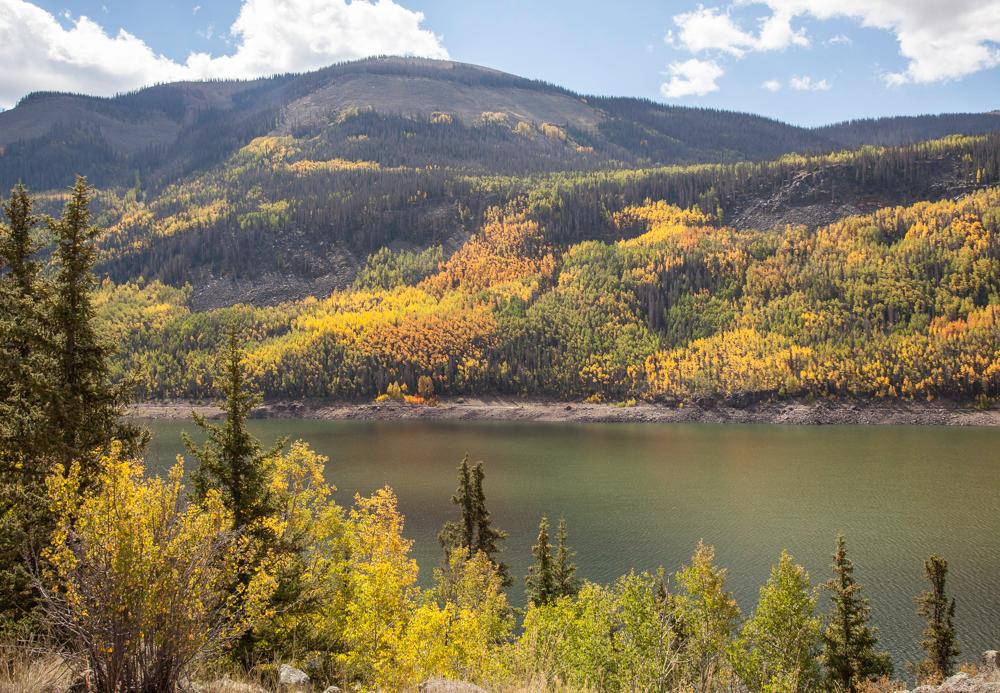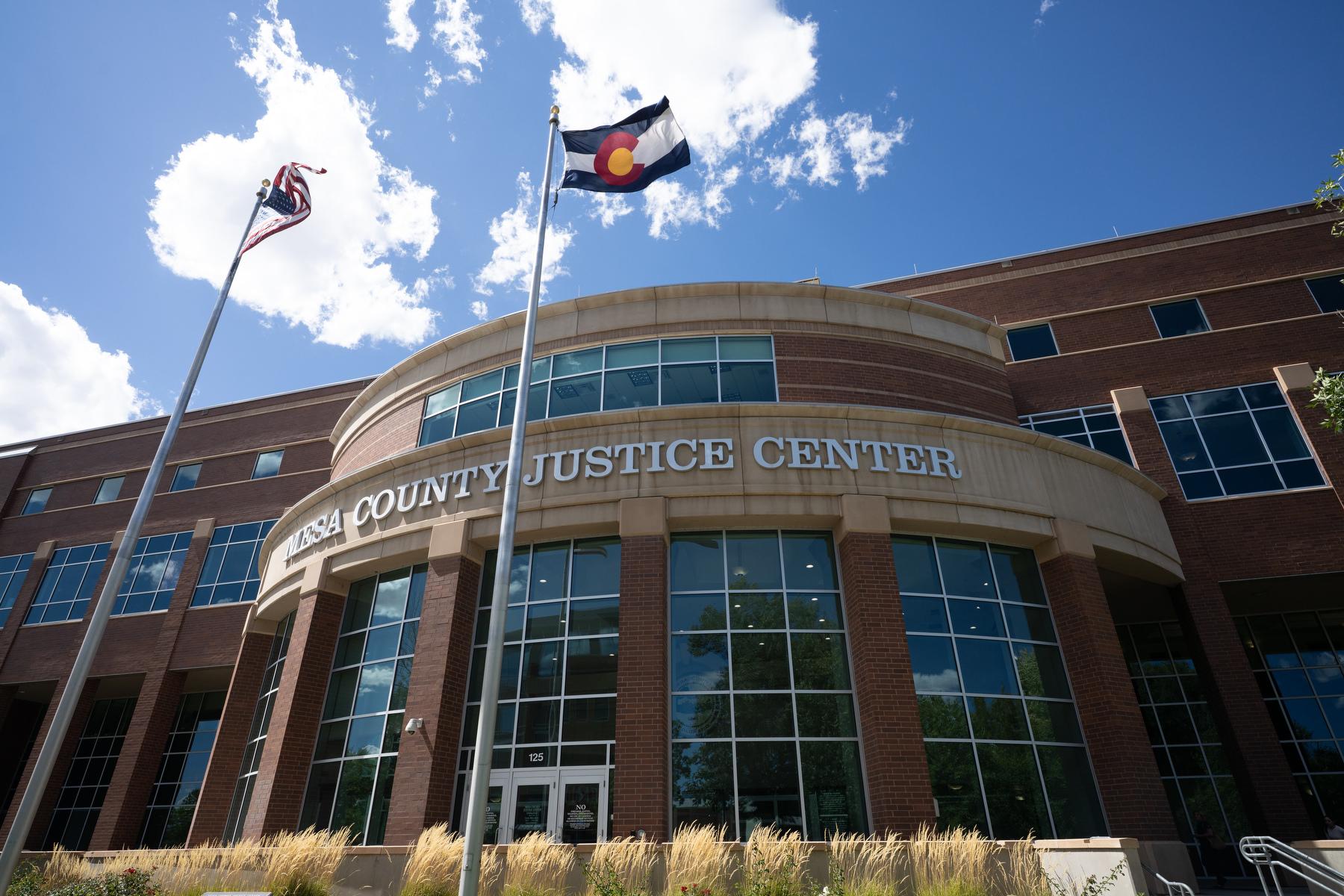

Increased snow and rain in the Rio Grande basin states during March and February have created a snowpack 135 percent above normal, according to Greg Waller with the National Weather Service. Lots of that moisture comes from this year’s El Niño effect in the Pacific Ocean.
The highest level of drought alert that sat in parts of southern Colorado is gone. There are still pockets of extreme drought, the second highest level, in the state, but most of Colorado has been lowered to a status of “abnormally dry.”
“We’ve had a very good winter and early spring to help with the drought improvements,” Waller said.
Waller said 2017 was one of the best years for snowpack. A year of extreme drought and historically low snow levels followed, however. Now this year, “because of the active pattern of the last few weeks, this year's snowpacks will challenge and may exceed the one from 2 years ago.”
And the trend isn’t confined to Colorado. This winter has been the wettest winter on record in the lower 48 states, according to a report earlier this month from the National Oceanic and Atmospheric Administration.
Places like Copper Mountain have already set records for record amounts of snowfall. The ski resort said it got 88 inches of snow by March 14, making it the snowiest March on record. During the bomb cyclone last week, Wolf Creek Ski Area got 45 inches of snow.
Still, other extreme weather could mean trouble this summer if the precipitation doesn’t let up.
Officials say areas in southern Colorado burned by fires in past summers like the 416 Fire near Durango could see some flooding if it rains more than expected this spring.
The National Weather Service is cautiously optimistic about the snowpack’s effect on the state’s dwindling water supply. If the melting water this spring and summer has time to saturate the top layers of soil, Colorado is in good shape, forecasters said. But if warm rains and warm weather hits the area too soon, the snowpack could convert straight from ice to vapor, not contributing at all to the ambient groundwater.
Forecasters expect El Niño activity to last through the end of the summer.








